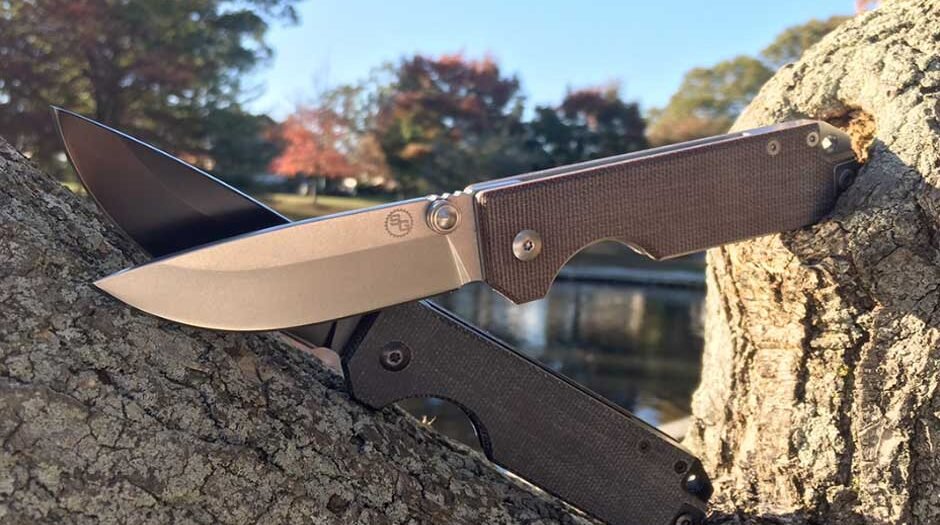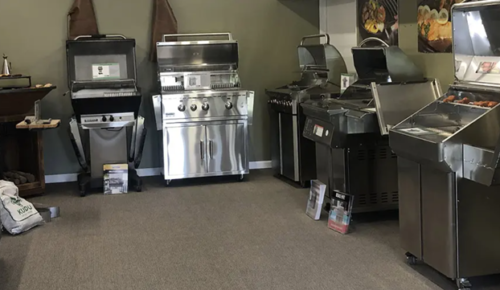A Brief History of Pocket Knives
The humble pocket knife has a lineage that spans thousands of years. Ancient versions of folding knives have been uncovered in places as far apart as Austria and Italy, with some estimates placing their origins at least 2,500 years ago. The practicality and compactness of early pocket knives were immediately recognized, leading to their widespread adoption among Roman soldiers, travelers, and artisans. These early knives weren’t just for battles or trades; they served as multipurpose companions for eating, self-defense, and quick repairs. Over time, the pocket knife has evolved from a simple folding blade into a tool that reflects the changing needs and lifestyles of its users.
Today’s market features designs that are a far cry from these early models. Modern engineering and materials science have made current offerings more durable, versatile, and ergonomic than ever before. For instance, the ZT 0203 is an example of a knife that combines traditional folding mechanisms with state-of-the-art design. This ongoing journey—from basic iron folders to highly specialized everyday carry (EDC) blades—demonstrates the vital role pocket knives play in striking a balance between heritage and innovation. They’re no longer just tools; they’re daily essentials for people who value reliability, preparedness, and functional beauty.
Common Materials and Blade Types
The composition of pocket knives has a significant impact on their performance and longevity. Blade materials range from high-carbon steel, valued for its sharpness retention and edge resilience, to advanced stainless steels known for their impressive corrosion resistance and ease of maintenance. For example, M4 steel is renowned by many enthusiasts for handling tough jobs without losing its fine edge. This makes it a favorite among craftspeople and outdoor adventurers who expect their tools to last in demanding environments.
Handle choices have expanded just as much. Traditional wood and bone handles have paved the way for innovation, introducing materials such as G10—a high-pressure fiberglass laminate—carbon fiber, and robust metals like titanium. These offer superior grip, light weight, and structural integrity.
Everyday Situations Where Pocket Knives Shine
Pocket knives remain a staple for people leading a variety of lifestyles due to their seamless integration into daily routines. Even in an increasingly digital world, situations that require a sharp blade seem to arise with surprising regularity. Whether it’s slicing through stubborn clamshell packaging, dicing an apple for a quick snack, or performing precision work like cutting stray threads from clothing, a compact folding knife is ready for the challenge. Many people also find pocket knives indispensable during outdoor activities, such as camping, hiking, fishing, and gardening.
- Safe and efficient package opening—preventing injuries common with scissors or improper tools
- Quick food preparation, especially when dining al fresco or on the go
- Tactical use for adventurers, who rely on a sharp edge for setting up gear or performing first aid
- Household fixes, like trimming plastic, zip ties, or stubborn tape
- Emergencies when immediate cutting of rope, seatbelts, or fabric is required
Surveys among both outdoor enthusiasts and urban dwellers highlight that pocket knives are among the most frequently carried multi-tools. In many communities, passing down a favorite knife is still a rite of passage, solidifying its place as an everyday essential that reliably meets both routine and unexpected demands.
Carrying and Using a Pocket Knife Safely
Despite their usefulness, pocket knives must be treated with respect to avoid injury. Many accidents occur when knives are used carelessly or for tasks they weren’t intended for. Developing the proper habits for safe carry and use is essential, both for protecting yourself and those around you.
- Always keep the blade closed and locked when not in use, and never hand it to someone when open.
- Make firm, deliberate cuts directed away from your body and other people.
- Periodically inspect your knife for debris and clean and lubricate the hinges and locking mechanisms routinely.
- Sharpen your blade regularly—dull knives are actually more hazardous because they require extra force and can slip more easily.
- Teach older children about responsible knife use if they are ready and mature enough, but always supervise younger users closely.
Adopting these habits ensures that your knife remains a safe and reliable tool. Most users find that, with a bit of care and diligence, their pocket knife not only delivers years of service but also peace of mind when faced with unexpected situations.
Legal Considerations and Knife Laws
It’s essential to note that legal requirements surrounding pocket knives can vary significantly between jurisdictions. Some cities or states have strict rules regarding blade length, locking mechanisms, or concealed carry. Even if a knife is legal in your hometown, it may not be where you work or travel. Before carrying a pocket knife every day, double-check the local ordinances and regulations to avoid unintentional infractions—resources like the American Knife & Tool Institute’s state knife laws page offer helpful, up-to-date legal guidance for knife owners across the U.S. Knowledge and compliance with these laws are key to ensuring your daily carry doesn’t result in legal complications.
Caring for Your Pocket Knife
Like any prized tool, regular maintenance keeps a pocket knife functioning optimally. Cleaning after each use, particularly when the knife comes into contact with food, moisture, or grit, helps prevent corrosion or buildup that can damage the mechanism. A light application of oil on the pivot and hinge ensures smooth operation. At the same time, periodic sharpening retains the blade’s effectiveness and reduces the risk of accidents caused by dull edges.
- Use warm water and a soft cloth or brush for cleaning—avoid submerging non-stainless knives.
- Dry thoroughly after every wash to prevent rust and scale
- Apply a drop of light machine oil or specialty lubricant to moving parts
- Check the tightness of all screws and handle scales to avoid unwanted play
- Replace parts, clips, or washers as needed—many reputable companies offer easy access to replacements
Following these steps lets your knife deliver years—if not decades—of trusted use, often turning a simple everyday carry into a family heirloom.
Choosing the Right Pocket Knife for Your Needs
No single pocket knife suits everyone, so it’s worth considering your lifestyle, local regulations, and personal preferences when making a purchase. Start by outlining the primary situations you’ll face, whether it’s trimming boxes at work, cutting rope while hiking, or tackling home repairs. To get a clearer idea of what might suit you, Popular Mechanics offers a helpful roundup of top-rated pocket knives that caters to a variety of tasks and preferences. The size, weight, and feel of the knife make a notable difference if you plan to carry it on a daily basis. Some users prefer a featherlight design that disappears in the pocket, while others benefit from a bit of heft and a more robust build for heavy-duty tasks.
- Review the size and ergonomics—does it suit your hands?
- Consider blade shape—drop-point blades are versatile, while tanto blades excel in piercing tasks.
- Look for one-handed openers or ambidextrous locking systems for convenience.
- Research reputable sources and user reviews for real-world performance feedback
- Test the knife in person if possible—comfort is subjective, and hands-on experience is challenging to beat.
Every person’s needs are different, and the ideal pocket knife should feel like a natural extension of your hand, not an awkward or cumbersome object you dread carrying.
Sustainable Practices in Knife Production
The knife industry is seeing a positive shift toward responsible production and sustainability. Many manufacturers now use recycled or renewable materials, and packaging is often more eco-friendly than in years past. Some even offer take-back programs where old knives are refurbished, resharpened, or recycled. The most sustainable choice, however, remains investment in quality, repairable tools rather than disposable options.
As a consumer, you can support these values by purchasing from transparent companies, maintaining your tools for long life, and considering the total lifecycle of your gear. A well-designed, responsibly sourced pocket knife lets you make your everyday routine more sustainable while enjoying a tool you can count on for years—the very same ethos that’s kept pocket knives at the heart of everyday carry for generations.



























